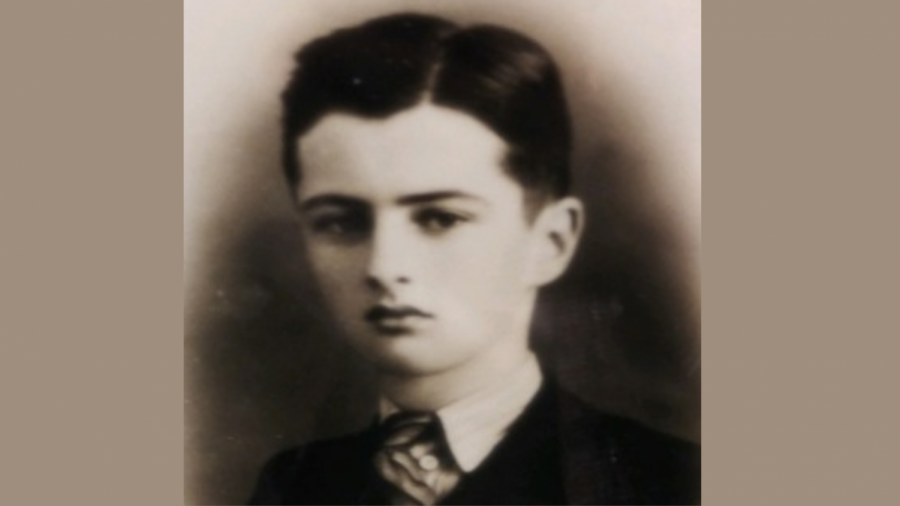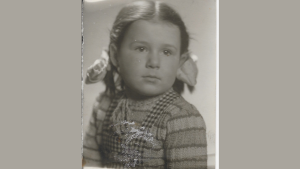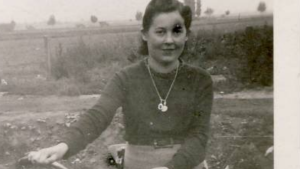Leslie Ilies was born in Budapest, Hungary in 1922. He considers his family as secular. They only observed Rosh Hashanah (the Jewish New Year) and Yom Kippur (Day of Atonement) among the Jewish holidays. Leslie attended boarding school in Switzerland, and later on, he and his mother moved to Romania, where Leslie’s uncle lived. Leslie received his high school diploma there in 1940. By this time, there were quotas against Jewish people and he could not enter the university in Romania. He went back to Hungary, but he could not go to college there either. He learned photography and worked for a photographer in Budapest between 1941 and 1943.
In 1943, he is in a forced labor camp in Komaron, a town 50 miles northwest of Budapest. Later he was sent to Transylvania. By Leslie’s description, “the barracks were clean and the food was decent,” however insults and beatings occurred frequently.
In the fall of 1944, the prisoners are put on trains bound for Austria. First, they worked in a small village near the Hungarian-Austrian border digging anti-tank trenches. They were supervised by German SS troops, and the conditions were very bad by this time. They lived in stables without heating, and people died frequently from diseases such as typhus.
In November, they marched to Deutschaltenburg, a small town near Vienna, Austria, and then they were put on barges and shipped to Mauthausen, a concentration camp near Linz. It was a six-day trip without any food or water. After arriving, Leslie was put to work in the infamous Mauthausen stone quarry. Thousands of people died here of starvation, exhaustion, and illness. After a few weeks, he was sent to work on a railroad in Linz, and this saved him.

















